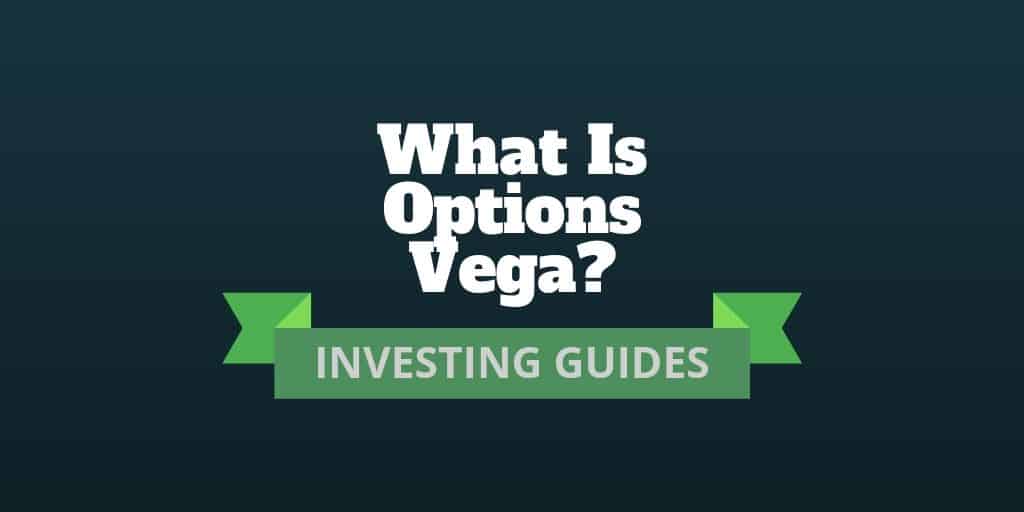
Investors who are just starting out in the stock market often put the majority of their focus on trading individual shares, but that isn’t the only way to profit from ups and downs in stock price. As investors get more comfortable with the choices available, many start trading options.
Stock Option Basics
Stock options permit the holder to buy or sell the underlying stock for a pre-determined amount, known as the strike price.
American-style options can be exercised up to their expiration date, making it possible to take advantage of changes in share prices without a large initial outlay of cash. This reduces risk for the option holder, whose maximum loss is the premium paid for the option.
Each option contract typically covers 100 shares of the underlying equity. That means if the per-share premium is $0.25, the total premium comes to $25.
Of course, premiums are higher for options that are more likely to be profitable, as these present a higher risk of financial loss for the contract writer.
There are two types of options available to you. Call options give you the opportunity to buy shares at a pre-determined price. You have the right to “call” the shares away from the option writer.
Put options allow you to sell the underlying stock at a pre-determined price. You have the right to “put” the shares to the option writer.
| Type | Buy | Sell |
| Call | Bullish | Bearish |
| Put | Bearish | Bullish |
It can be tricky to find balance between the amount you are willing to pay for an option and the probability that your options will be worth exercising.
As you research available options and make decisions about how much you are willing to invest – and possibly lose – you will come across financial analysis terms known collectively as the Greeks.
The Greeks refer to measurement of specific factors that impact risks associated with particular options. As with any investment, the higher the risk, the higher the potential reward.
The Greeks
The four most common terms you will hear in reference to options are delta, gamma, theta, and vega. They reference the following factors in risk assessment:
- Delta – Measures how the movement of underlying stock prices affect option prices
- Gamma – Measures the exposure of the option delta against increases or decreases in the underlying stock price
- Theta – Measures how the option price is impacted by the passage of time
- Vega – Measures the impact of changes in volatility of the underlying stock on the price of options
Do you know how to read the candlesticks on your chart? If not don't worry. Chris Pulver created an ebook, Candlestick Cheat Sheet, that can teach you, in layman terms, the 10 most powerful candlestick patterns. It's a great start for those that are new to Forex and may want to trade on the conservative side when starting out.
Click here to download your copy now
What Is Options Vega?
A stock’s volatility is the amount it changes – both up and down – in a given period of time. If the range of highs and lows is quite large, the stock is considered highly volatile.
If the range is narrow, you can count on share prices to remain fairly steady.
Investors who don’t like a lot of excitement tend to stick with low-volatility stocks, while those interested in high-risk/high-reward opportunities are more likely to consider stocks with high volatility.
To put volatility into perspective, these are some of the most volatile stocks on the S&P 500 over the last three years:
- Nektar Therapeutics – Monthly Price Volatility 29.80
- Twitter Inc. – Monthly Price Volatility 14.27
- Nvidia Corp. – Monthly Price Volatility 14.13
These are some of the least volatile stocks on the S&P 500 over the last three years:
- Twenty-First Century Fox Inc. Class A – Monthly Price Volatility 8.13
- Walmart Inc. – Monthly Price Volatility 5.39
- Western Union Co. – Monthly Price Volatility 4.40
Options contract writers consider the volatility of stock prices when determining the cost of the option. After all, if the underlying stock is highly volatile, there is a greater risk that the options will be exercised.
Implied Volatility (IV) is the predicted volatility of the underlying stock price over the period covered by the options contract.
This is generally determined based on a combination of factors that include historical price changes, recent price changes, and expected price movement.
A stock with low IV is expected to remain steady from a pricing perspective, while a stock with high IV is expected to move up or down – or both – before the option expires.
IV is expressed as a percentage, so a stock with an IV of 20 percent is expected to be priced within 20 percent of its current value one year from now.
The options vega is the amount an option premium changes for every one percent change in IV. This figure is noted as a raw number, not a percentage.
➤ Free Guide: 5 Ways To Automate Your Retirement
How Options Vega Affects Options Pricing
When options are close to their expiration date, the vega is negative. That means lower premium pricing.
As options get closer to their expiration date, there is less uncertainty about whether and how the stock’s price will change.
Conversely, the option vega is positive when there is more time before the expiration date, and there is a relationship between longer contracts and an increase in the option vega.
More time means higher likelihood of movement in the stock price. It is harder to predict what will happen in the market over lengthy periods of time. This increases risk for contract writers – and potential reward for options holders – so writers can attract buyers who are willing to pay higher premiums.
Remember, American options can be exercised at any time before the expiration date, so contract writers take on quite a bit of risk when the underlying stock is highly volatile.
European options can only be exercised on the expiration date, which changes the type of risk contract writers incur. Premiums for specific options change as the underlying stock price fluctuates, and in many cases, options are traded several times before the expiration date.
How Options Vega Works Example
This is an example of how options vega affects options pricing:
Stock EFG is trading at $46 in June, and $50 call options expiring in July are available for $2.
The volatility of the underlying EFG stock is 25 percent, and the option vega is 0.15.
What if EFG’s underlying volatility increases to 26 percent?
The additional one percent means an increase in premium equal to the option vega, or $0.15, for a total of $2.15.
Alternatively, if the volatility decreases to 24 percent, the premium is likely to go down by $0.15 to $1.85.
| Stock Price | Option Price | Implied Volatility |
| $46 | $1.85 | 24% |
| $46 | $2.00 | 25% |
| $46 | $2.15 | 26% |
The next 10 minutes could change your life. We've recorded a special sit-down interview with a reclusive millionaire who details how he's closed out winning trade after winning trade throughout the volatility of 2022. In fact, he hasn't closed a single losing trade since 2016. Sounds impossible? It's not - and he'll prove it to you.
Click to see this exclusive sit-down interview
Ready To Trade Using Options Vega?
Trading options can be a good way to build wealth without risking large amounts of cash. The key is understanding how premium prices are determined, so you know when you are getting a good deal.
Another important factor is the broker you select. Serious options traders who care about implied volatility, vega, delta, gamma, and theta require options trading platforms that support cutting-edge tools to view risk graphs, fast and accurate order execution to ensure best fills, and affordable commissions.
tastyworks and thinkorswim feature among the very best options trading platforms. Both are world class in cater to stock, options, and futures traders.
| tastytrade SPOTLIGHT | |
 Investormint Rating 4.5 out of 5 stars |
via tastytrade secure site |
The early bird gets the worm and the options trader who waits until 9:30EST can win big! Hi, I'm Dave Aquino and if you're new to options trading, my e-book "How To Master the Retirement Trade" will show you exactly how to take advantage of this early morning, profitable, but often overlooked window of trading time.
Download your copy today and let's get started!








